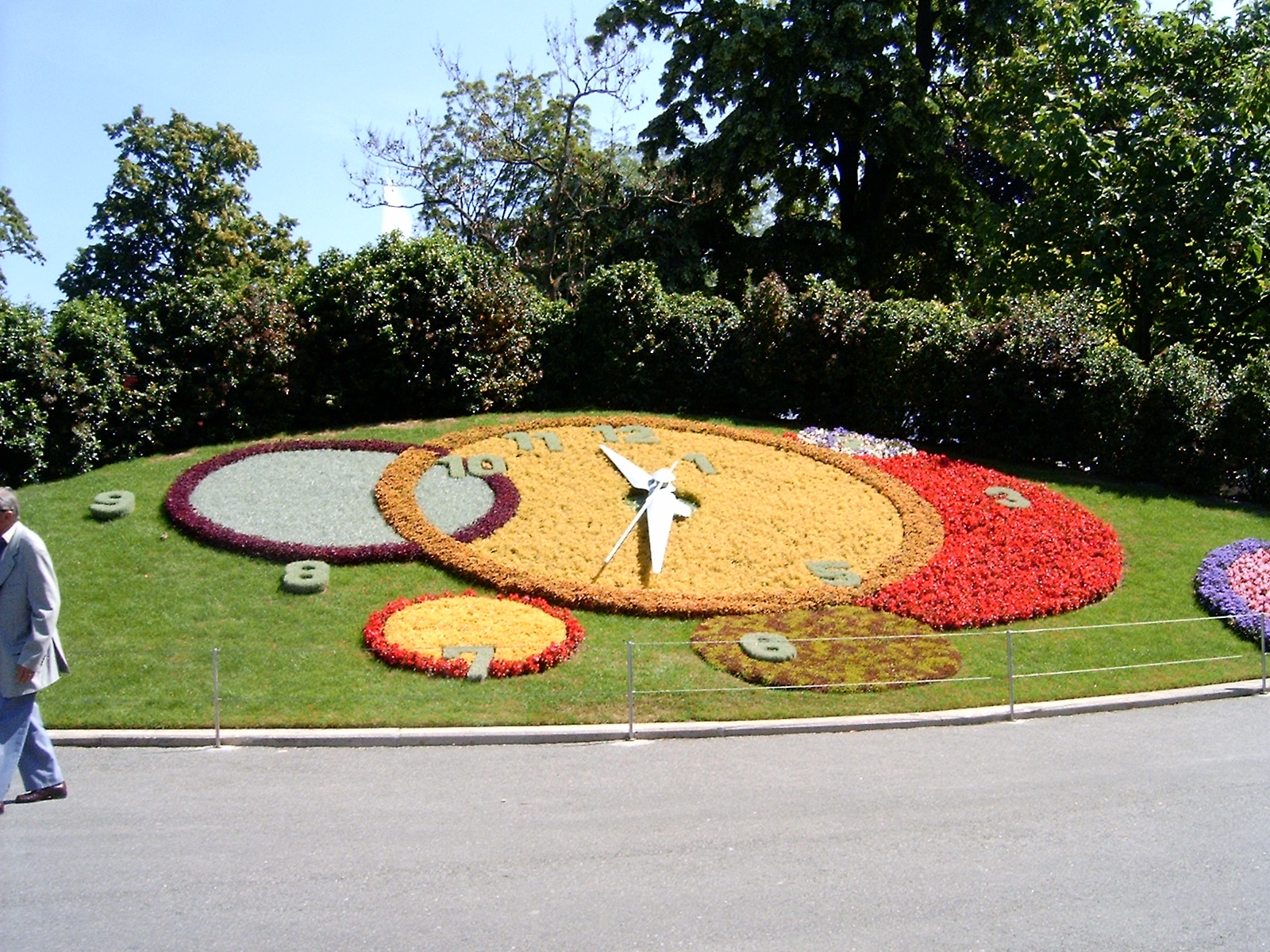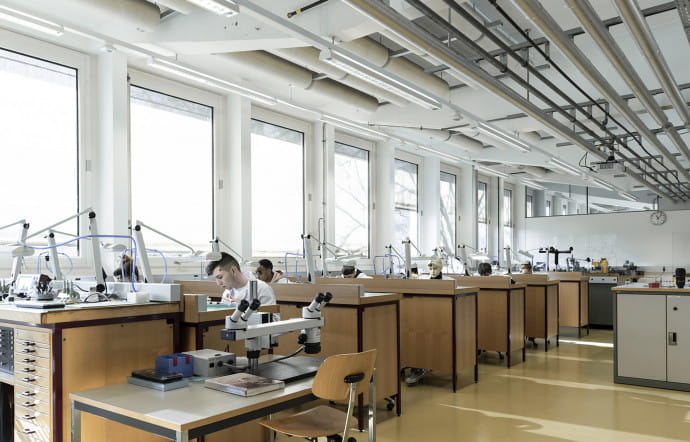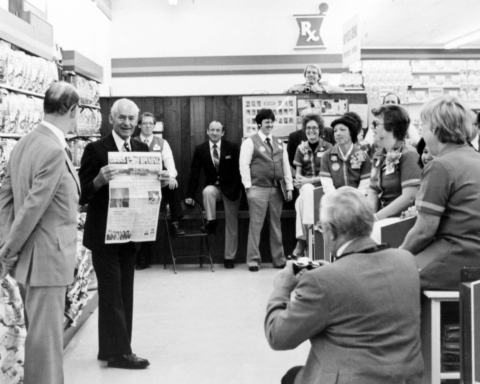How did Geneva become the renowned capital of watchmaking, and more precisely of luxury watchmaking? Explanations.
If the first wristwatch was created in 1810 by Breguet for Caroline Bonaparte, sister of Napoleon I and Queen of Naples, the wristwatch was then considered as an exclusively feminine jewel, men preferring the fob watch.
The First World War favored the development of the wristwatch among men, because it was more practical in the trenches. It was indeed much more practical to have a watch on the wrist in the trenches. In 1969, the invention of the quartz movement democratized the purchase of precise and inexpensive watches.

Geneva and watchmaking
In the 16th century, the theologian Jean Calvin fled France to Switzerland and helped the council of Geneva to reform the laws. A reform of 1541 forbade ostentatious luxury such as jewelry, leaving the many Geneva jewelers in a more than precarious situation.
In order to be able to continue to practice their trade, they turned to watchmaking. Considered as scientific instruments, clocks escaped Calvin’s reform. The goldsmiths therefore had a field day and produced richly decorated clocks.
A few years later, the wars of religion in France pushed the Huguenots to immigrate to Switzerland in 1572 and 1685. Geneva and the Jura basin saw an influx of qualified workers who brought their know-how in watchmaking and medicine, contributing to the development of goldsmithing. Geneva even saw the birth in 1601 of the very first corporation of watchmakers in the world.

In the 18th century, the watchmaking industry was so important in the Jura Arc that many farmers decided to supplement their income by doing small-scale work on watchmaking components during the winter. As watchmaking became more and more famous and contributed to the economy of the city, at the end of the 19th century, nearly 4 out of 10 employees worked for the watchmaking industry.
Nowadays, it is the strategic location of Geneva that has favored its development. Indeed, located at the crossroads of France, Italy and Germany, Geneva is ideally situated for the trade and export of its most beautiful pieces. The presence of numerous international organizations such as the WTO or the UN, which attract a public from all over the world, has also contributed to the development of the watchmaking sector in the region.
Read also > A BRIEF HISTORY OF LUXURY: THE TRADITION OF THE TOURBILLON IN HAUTE HORLOGERIE
Featured photo : © Wikimedia Commons















